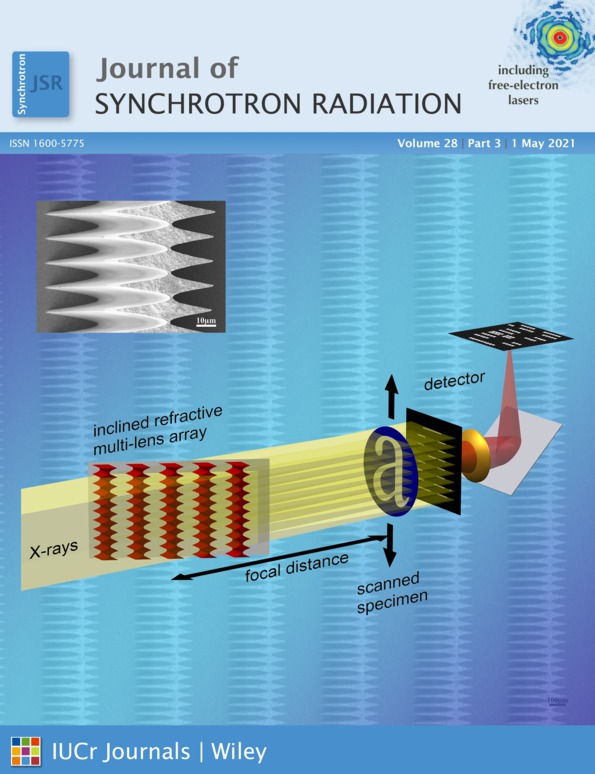The lower energy diffraction and scattering side-bounce beamline for materials science at the Canadian Light Source
Abstract
A new diffraction beamline for materials science has been built at the Canadian Light Source synchrotron. The X-ray source is an in-vacuum wiggler with a 2.5 T peak magnetic field at 5.2 mm gap. The optical configuration includes a toroidal mirror, a single side-bounce Bragg monochromator, and a cylindrical mirror, producing a sub-150 µm vertical × 500 µm horizontal focused beam with a photon energy range of 7–22 keV and a flux of 1012 photons per second at the sample position. Three endstations are currently open to general users, and the techniques available include high-resolution powder diffraction, small molecule crystallography, X-ray reflectivity, in situ rapid thermal annealing, and SAXS/WAXS. The beamline design parameters, calculated and measured performance, and initial experimental results are presented to demonstrate the capabilities for materials science.




